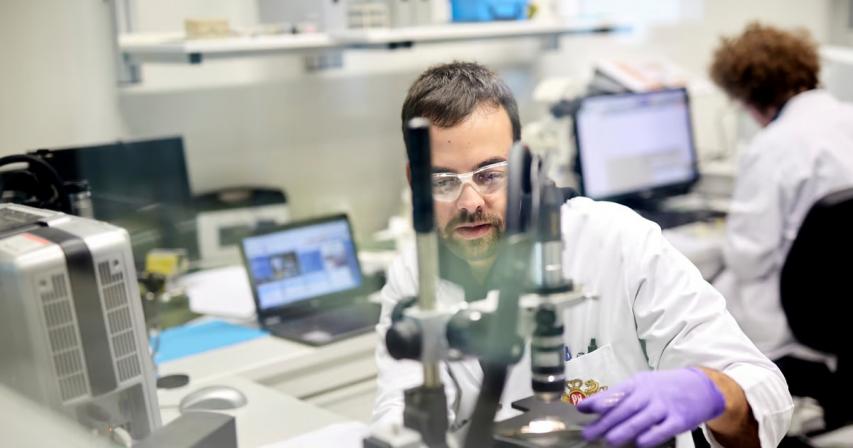Smoking fewer cigarettes not enough to reduce harm caused by smoking

Dubai: Be it about climate change or medical technology, the spread of fake news still hurts society. These misrepresentations are not only hard to spot, but can be even harder to understand and cause harm in other ways through uninformed choices. Some of these myths remain in place with cigarette smoking.
This includes the suggestion that if you smoke fewer cigarettes, smoking less will cause less harm. It just doesn’t exist— no safe smoking rate. A single puff of smoke damages your body so smokers who are worried about their health should receive support and information to give up tobacco and nicotine products for good. Simply put, the only way to get rid of even further potential harm is to stop smoking forever.
Harmful chemicals
Cigarette smoke contains more than 6,000 chemicals, around 100 of which have been declared toxic or dangerous by public health authorities. No one thinks that nicotine is the single greatest risk of illness from smoking, but addictive and no doubt dangerous, nicotine is not the principal driver of smoking-related illness – the chemicals in the smoke released by burning are.
Humans have always been inventive, figuring out how to get things to work better and better. All this is usually a good thing, except we are taught that imaginative invention can be trouble. Nothing goes out of fashion and through science, technology and human ingenuity we can build the answer.
Think about electric cars. It is a world that has woken up to the ecological destruction of the combustion engine. For years, automakers have been testing and tinkering with technologies to support fully electric motors. We haven’t become less driven, there have only been more drivers. It’s all because of decades of research and development: electric cars are now a common sight.
But we’re also generating power by affecting the environment less than with old-fashioned power generation. Light bulbs that had the LED bulb are made and were much more energy efficient than the filament bulbs. Hence people still had electric light, just with less environmental toll.
Harm reduction
That’s a form of the concept of harm-reduction. Instead of giving up on the technology because of the damage, harm reduction accepts that innovation must be reassessed and updated, and that alternatives can easily be found, with ways to keep what you want and minimise what doesn’t. And the same goes for tobacco.
Smokers who do not want to stop may want to find a substitute for smoking that does not involve burning tobacco. Scientifically backed smokeless products that don’t produce smoke can have less harmful chemicals than cigarettes and thus are a safer alternative for adults than regular smoking. They’re not safe and they give you nicotine, which is addictive, but adulters can have them rather than smoking.
Nicotine isn’t the major culprit for smoking-induced disease, but it’s addictive and not without danger. There are some individuals that ought to not consume nicotine products. This can be pregnant or breastfeeding women, people with heart disease, hypertension or diabetes. No one should be smoking or have access to tobacco products or nicotine products for children.
Cutting the fictions from the fact makes our lives a little bit more rational. Being off cigarettes is a great move in whatever sense that may be — if you’re willing, quit, but if not, smoke-free alternative might be an improved alternative to keeping going.






Comments